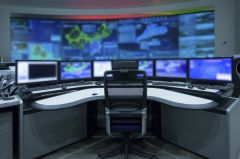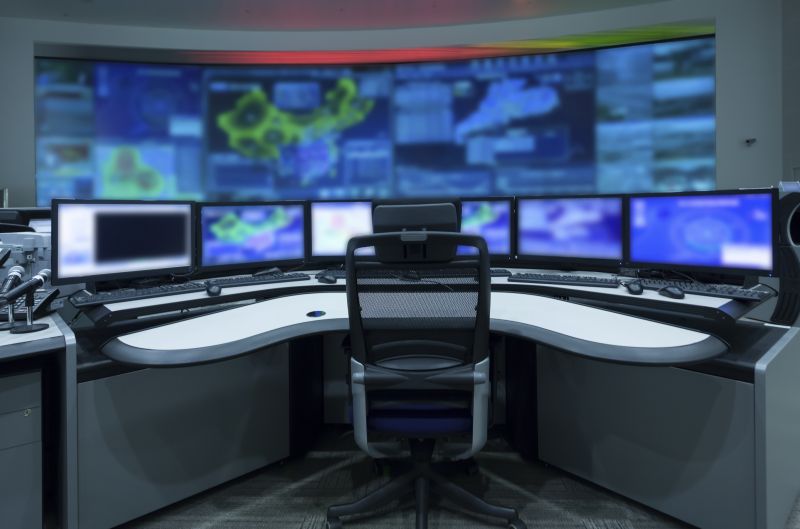While the development of unmanned ships is progressing at an unprecedented rate, a study carried out at the Australian Maritime College warns that completely autonomous vessels are unlikely to be viable—nor deliver the widely anticipated economic and safety benefits.
In a paper published in the Australian Journal of Maritime & Ocean Affairs; “Autonomous merchant vessels: Examination of factors that impact the effective implementation of unmanned ships,” Trudi Hogg and Captain Samrat Ghosh conduct a literature review and conclude that much still needs to be done to prove that unmanned ships don’t pose a risk to themselves and their environments.
Fully autonomous vessels appeal to the maritime industry, who are attracted by the promise of the significant cost savings that could be made by eliminating crew salaries and eradicating accidents attributed to human error—which cost the industry an estimated $541m a year.
Thanks to such an appealing proposition, most contemporary research is focused on demonstrating the viability of autonomous ships; and the success of tests in simulated environments supports the idea that they will be implemented on the high seas in the near future.
But Hogg and Ghosh argue that although the technology concepts are well established, there are numerous questions yet to be answered about the viability of unmanned vessels in a real world environment.
Critically, it has not yet been demonstrated that the vessels are reliably able to avoid collisions. Although simulations suggest that the vessels would operate safely, and with fewer human errors, the technology has not been tested in a real world environment. Repeated evidence of their ability to avoid real collisions should be demanded before any autonomous vessel be deployed.
Next, autonomous vessels require completely fail-safe communications systems for both safety and security. These will only come at an extremely high price: critical systems will need to be redundant, with two individual satellite links and emergency power suppliers. With no crew on-board to carry out maintenance, there will be zero tolerance for system failures.
Crucially, the vessels will also need a reliably high bandwidth internet connection for emergency situations, when a shore control centre would need to take over. With most ships today reliant on satellite connections—and with low density traffic in open seas—this will inevitably mean few suppliers charging high prices.
Hogg and Ghosh do more to debunk the myth that the vessels could be operated without human involvement. In fact, they argue, significant human intervention would be needed—just of a different type. Some traditional roles would indeed be redundant but the systems controlling the ship will require calibration and maintenance by humans, and the vessel would require constant monitoring from a shore control room. Qualified mariners would need to be available to take over manual control in an emergency.
This introduces new challenges and simply transfers a significant portion of the human error risk from the ship to the shore control centre. Furthermore, it’s unclear how well this would work in an emergency environment, where operators have to rapidly switch from passive monitoring to active decision making.
Shore-based human interaction with the autonomous vessel poses new challenges for safe operation that have yet to be answered. How effectively will shore operators be able to obtain awareness of the vessel and its surrounds? How effectively will the onshore crew be able to train on an automated system? How will their training experience impact their ability to handle the ship from the control room?
The onshore humans, lacking first-hand, sensory input, will have no human connection to the vessel. With no ability to build up situational awareness, the risk of human error could in fact increase, due to the dependency on the memory and attention of an individual person.
In addition, the risk of ‘automaton induced complacency’ is very real: the longer the vessel operates without incident, the more likely the operator is to over-depend on the automation and fail to effectively monitor the system for issues or deviations.
Finally, the ship is at risk of both piracy and cyber security. There is an inherent possibility of extortion by cyber-attack and, if critical systems are targeted, the ship could lose its ability to navigate.
Considering all of the above, Hogg and Ghosh conclude that the maritime and seafaring industry needs vastly more evidence of the validation of the technology—and its implications—before the long-term effects of fully automated vessels can be understood, and before we should even begin to consider deploying them.
The research has been published in the Australian Journal of Maritime & Ocean Affairs.
Published on: 03 Oct 2016

